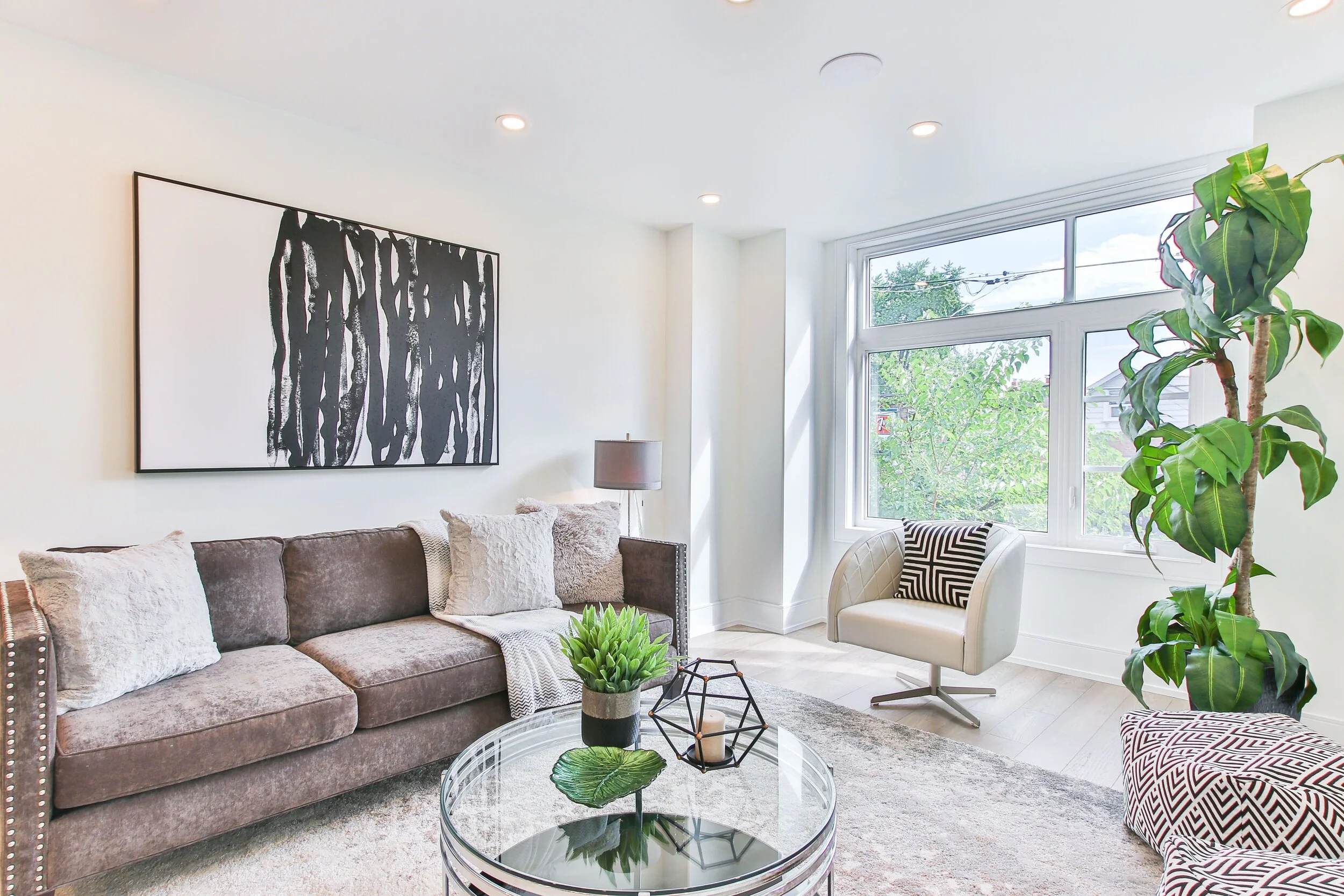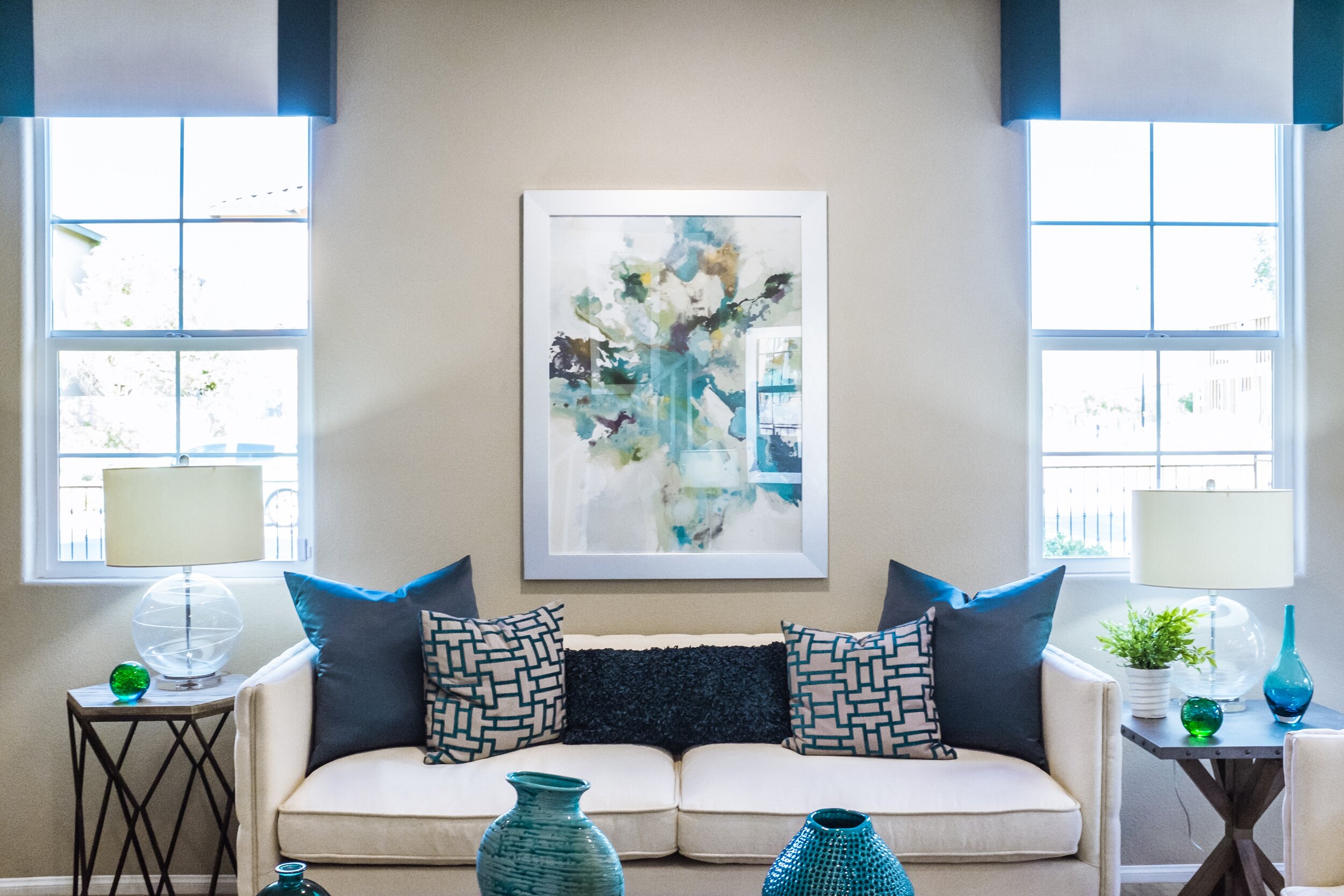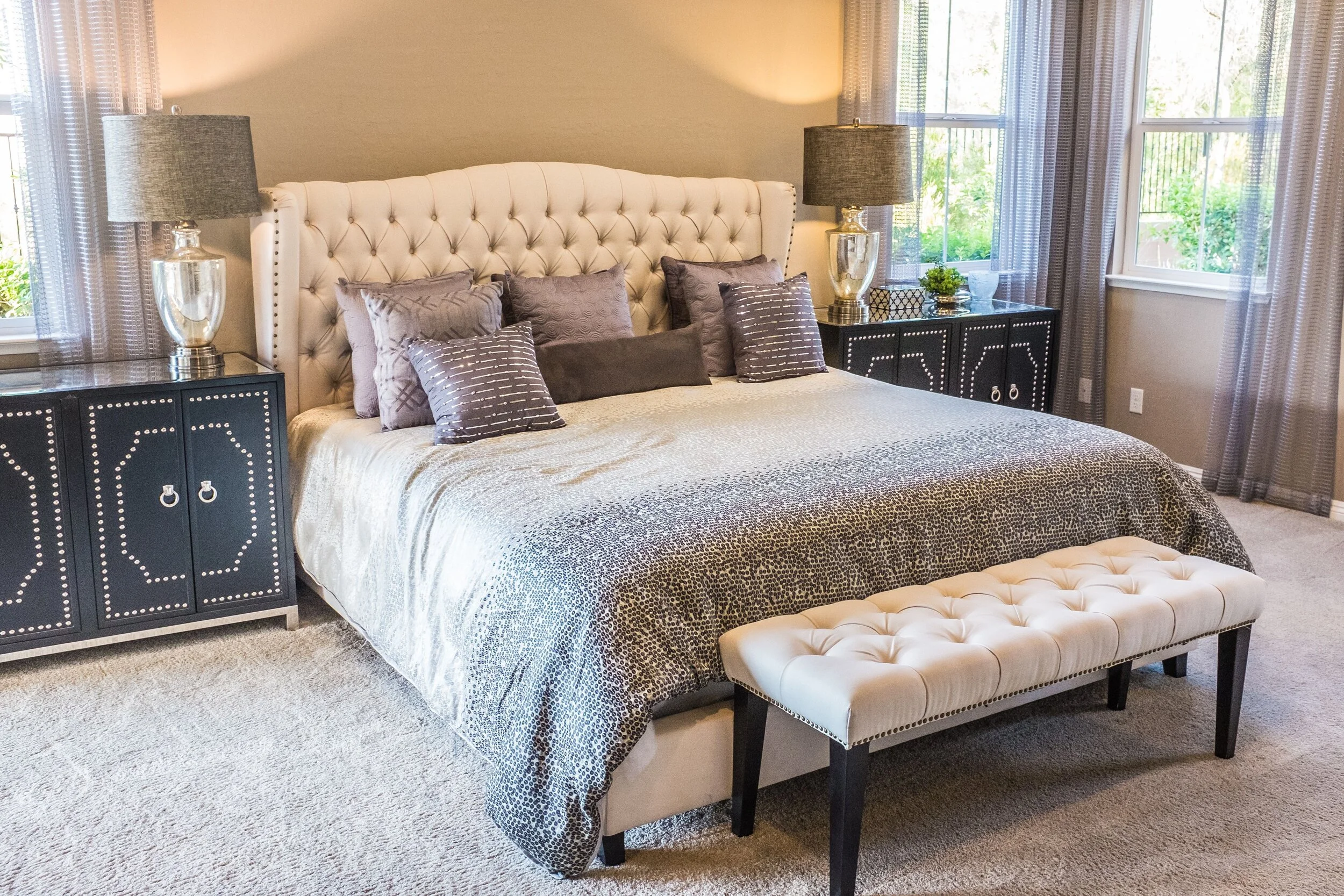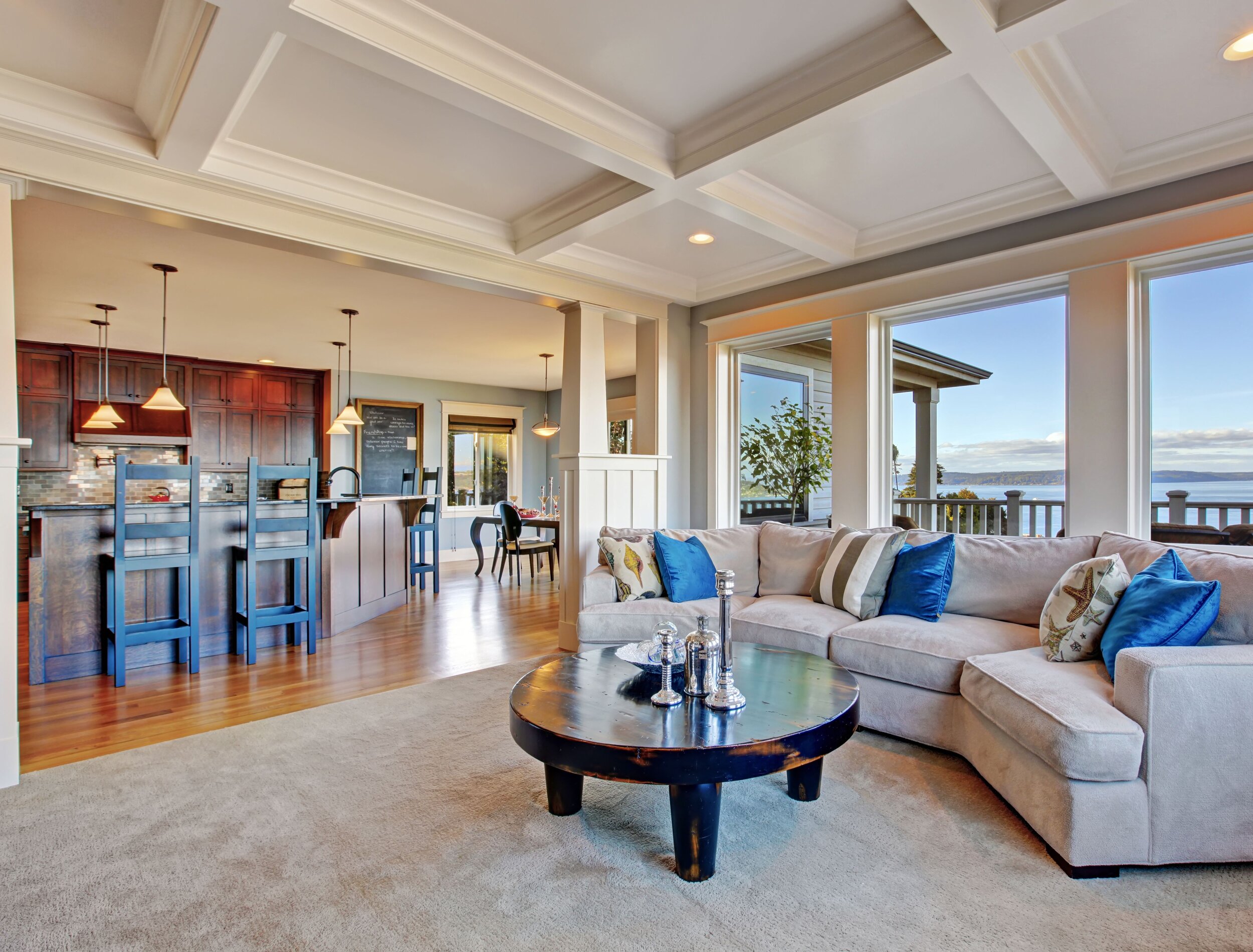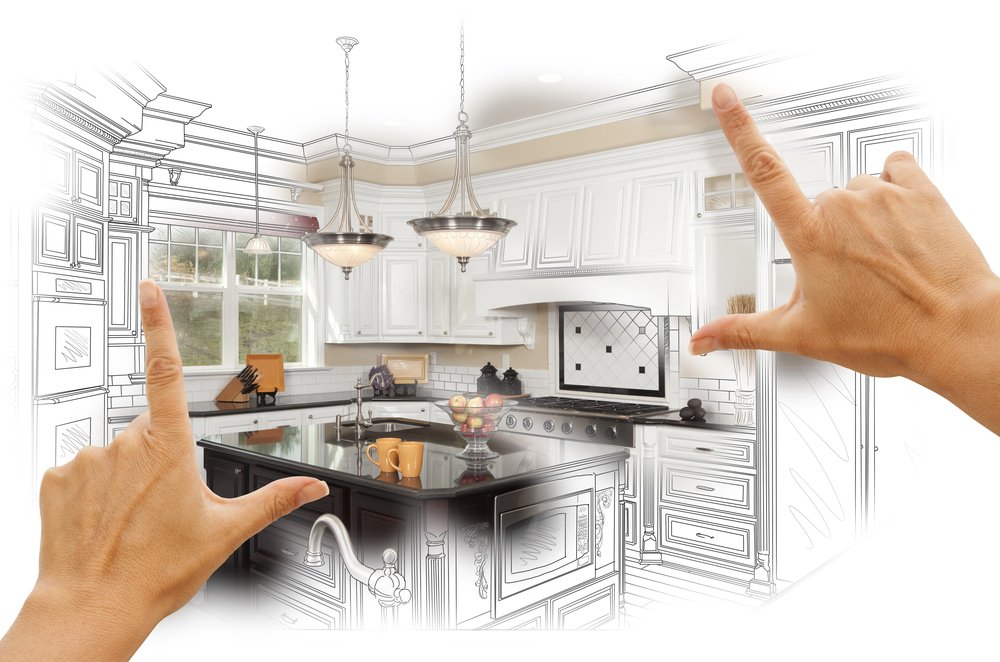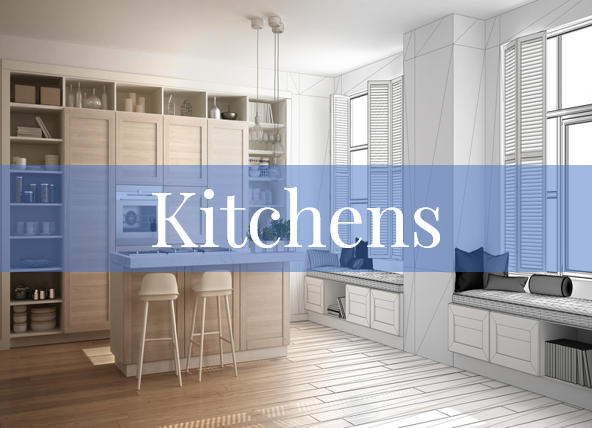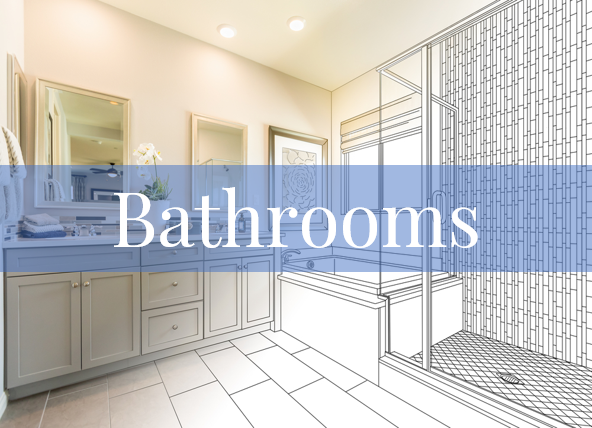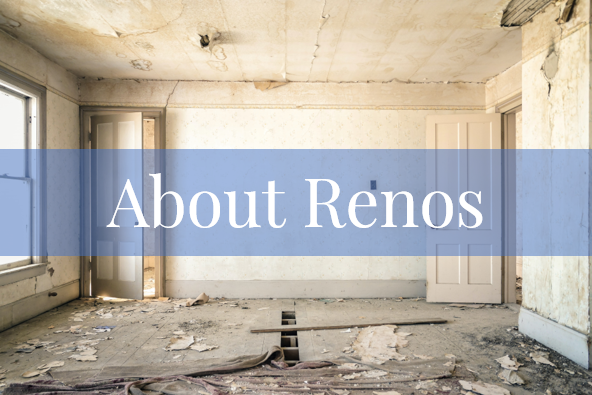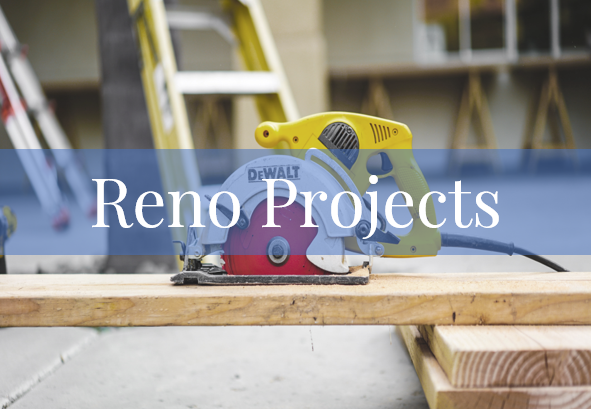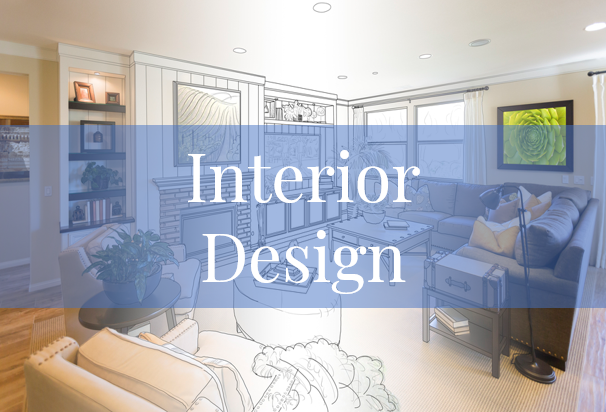How to Add Texture to a Room
/If you’re a décor enthusiast and love looking through design magazines and watching HGTV, you’ve probably heard that one of the best ways to add interest to a room is through texture. But texture can refer to almost every surface in a room, so where do you start? Adding or layering texture properly can make the difference between a well-orchestrated room and one that looks like a mish-mash of your latest yard sale finds. In this post, we offer many ideas for simple things you can do to add interest and texture to your home.
Prefer to listen?
What is Texture?
Texture can appeal to the sense of touch, sight, or both. A surface can appear rough or smooth, prickly or pebbly, shiny or dull, soft or hard. We often respond to texture even more instinctively than we respond to colour. Think of the textural difference between a soft velvet chair and a rough brick wall, and think of how these items could be used to create a particular feeling in a room.
There are so many different ways or places to add texture to a room. You can put a rug on the floor, a different paint finish on the wall, or even add texture in the middle of the room with some furniture. Even changing a simple frame to a gilded frame on a photo or piece of art can add texture.
Benefits of Adding Texture
There are many benefits to adding texture to a room.
Adds dimension to a room
Appeals to our senses both visually and through touch
Makes a room interesting.
Every room needs a focal point. That is usually an item or feature that becomes the focal point because of its size, colour, shape, or design. For example, often a bold backsplash will become the focal point in the kitchen. A gorgeous teal-coloured shag rug will be the focal point in a bedroom. Texture can easily become the focal point of a room.
Things to Consider
There are some things to consider when adding texture to a room.
Balance: There must be a deliberate balance of textures. For example, picture a room with leather upholstery, glass and metal tables, smooth wallpaper, and crystal accessories. All of the textures in the room are smooth and shiny. This would become monotonous. You would need some duller texture, such as a plush rug or a woollen throw pillow, on the leather sofa to create balance.
Comfort: In striving to balance texture, you need to be mindful of the comfort of the textured object. For example, a rough fabric might wear well and look good on the sofa, but its hard, rough texture may feel very scratchy to anyone sitting on it.
Practicality: How does the texture affect its maintenance? Some of our clients love the idea of a mirror as a backsplash in the kitchen. Mirrors look great when pristinely clean but look terrible when covered in fingerprints or splashes of grease. Consider the practicality of the texture as well as its appearance.
Tricks of the Trade
You also want to consider whether you want a masculine or feminine look for your space. To create a feminine look, use soft, fine fabrics and embellished furniture. To create a more masculine look, think of rustic metal and rich woods.
Place opposites together in a room for a big impact. For example, combine smooth with rough and coarse with fine.
For a more subtle impact, pair some of the same types of textures together in a room. For example, if you have a leather sofa in your living room, place some leather bound books on the bookcase or coffee table. Have a wicker chair in your sunroom? Add some wicker baskets to a nearby shelf.
If you have bold colours and patterns already in a room, use simple, smooth textures in the room.
Don’t try to overdo the texture in one room. If you have a few items of texture that you want to make stand out, keep the colour scheme very simple and neutral.
Don’t buy items in sets. For example, don’t buy a matching sofa and armchair. Buy one first, and then buy a complementary one later. A room will be flat and lifeless if everything matches (e.g., matching coffee tables and end tables).
Have a look around your home. Are there rooms that seem uninteresting to you? Do some of the rooms invoke a particular emotion while others make you feel neutral? Do you like the neutral look of a room but feel it needs something to make it pop? If you answered yes to any of these questions, you need to add some texture to those rooms.
Without seeing your home, I can’t tell you what types of texture to add where, but I can provide you with a list of ways to add texture. Bring the list with you and stand in each room of your home. What on the list appeals to you? Picture what you think you might like in the room and see if you can visualize it there.
Ways to Add Texture to Your Home
Crown Molding—comes in a variety of sizes and styles, as well as wood, MDF, or plaster.
Bead Board—a type of wall board originally made out of individual pieces of wood that locked together in a tongue and groove fitting. The boards were installed vertically around the room, typically as wainscoting. Most can be painted, and if made of wood, it can be stained.
Coffered Ceiling—a traditional technique used for centuries both in homes and public buildings, where a section of the normal ceiling is recessed or raised by a series of grids. I recommend having at least a 9-foot ceiling to do this.
Intricate Baseboard or Large Baseboard—a baseboard that is larger than 6" can add a lot of interest and texture on its own. Even a shorter baseboard, but one that is more intricate, can change the look of a room.
Chair Rail—molding on a wall that is attached horizontally around the perimeter of a room.
Wallpaper—wallpaper alone can be the texture in the room, but many wallpapers have textures built right in. Be careful not to overdo it with your selection. You can also consider just putting wallpaper on one wall. We often install wallpaper behind the vanity in a bathroom.
Unique Furniture—if you feel your room is very simple and boring, a couple of unique pieces of furniture, such as a flea market funky lamp, can really bring the space to life.
Blankets and Throws—got an old wool blanket in your linen closet? Try tossing it across an armchair to see how it adds texture and interest to the room.
Light Fixtures—there are so many varieties available. Even pot lights can add texture. Opt for square instead of round and brushed nickel instead of glossy white. This can completely transform the way a room looks.
Rugs—most homes today have hardwood flooring and/or vinyl plank flooring. Putting a throw rug down on top can add a lot of interest and texture to a room.
Paint Techniques—there are so many things you can do with paint to add texture. Paint the wall one colour, and then use a sponge to dab paint on top. Use a comb to create zigzags, checkerboards, wavy lines, or swirls in wet paint. Rag rolling can create beautiful texture, and different types of fabrics can be used, such as linen, lace, or burlap. Smooshing can also create a lot of interest. Apply a glaze to a wall, then place a plastic sheet against the wall before it dries. Remove the sheet to create a marbled pattern. Smooth, rub, or wrinkle the plastic with your hand before removing it from the wall to create different patterns. You can also use a stencil roller to create some texture.
Tile—create an accent wall that’s tiled or add a backsplash in a kitchen or bathroom.
Greenery—it’s surprising the difference it makes to add a couple of green plants to a room. Consider air-purifying plants for an added benefit.
Cushions—consider a patterned cushion on a plain-coloured sofa or arm chair. What about a few bold, patterned pillows on the bed that has the white duvet on it?
Curtains—so many of our clients have opted for blinds or no window coverings at all. Consider adding a curtain for some interest and texture.
There are tons of other ideas on how to add texture to a room. The possibilities are only limited by your own imagination. Have a look around your home to see where you can implement some of these ideas. If you need help, reach out to us. We’d be happy to provide you with some ideas or even install some trim, light fixtures, or do some painting for you. We love doing small jobs too, and we’d be happy to help. Click here to connect with us.


